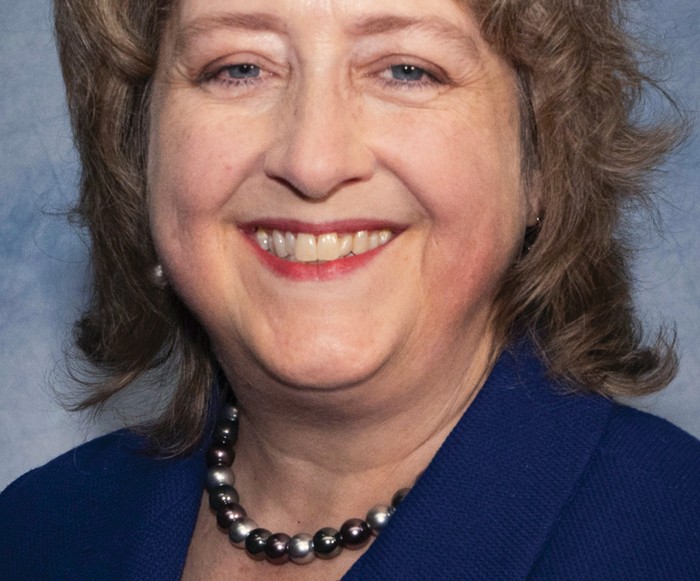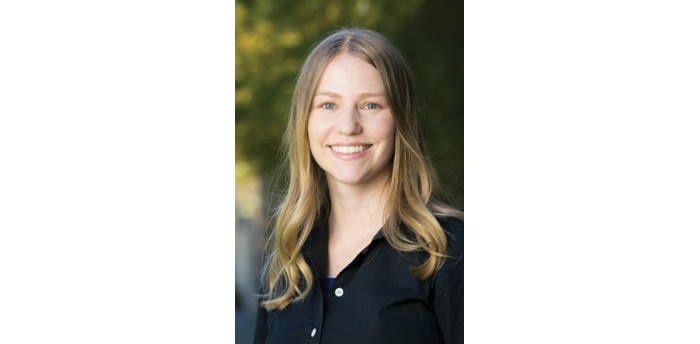Advertisement
Grab your lab coat. Let's get started
Welcome!
Welcome!
Create an account below to get 6 C&EN articles per month, receive newsletters and more - all free.
It seems this is your first time logging in online. Please enter the following information to continue.
As an ACS member you automatically get access to this site. All we need is few more details to create your reading experience.
Not you? Sign in with a different account.
Not you? Sign in with a different account.
ERROR 1
ERROR 1
ERROR 2
ERROR 2
ERROR 2
ERROR 2
ERROR 2
Password and Confirm password must match.
If you have an ACS member number, please enter it here so we can link this account to your membership. (optional)
ERROR 2
ACS values your privacy. By submitting your information, you are gaining access to C&EN and subscribing to our weekly newsletter. We use the information you provide to make your reading experience better, and we will never sell your data to third party members.
ACS News
Nobel laureate Sidney Altman dies at age 82
Winner of the 1989 Nobel Prize in Chemistry discovered the catalytic properties of RNA
by Celia Henry Arnaud
April 13, 2022
| A version of this story appeared in
Volume 100, Issue 13
Sidney Altman, a Nobel laureate and Sterling professor of Molecular, Cellular, and Developmental Biology at Yale University, died April 5 at the age of 82 following a long illness.
He shared the 1989 Nobel Prize in Chemistry with Thomas R. Cech of the University of Colorado for the discovery of the catalytic properties of RNA. In 1978, while studying RNase P, a bacterial RNA-cutting enzyme that contains both RNA and protein, Altman discovered that the enzyme couldn’t work with the protein alone, but adding back the RNA restored function. He later showed that the RNA was the part of the complex doing the actual cutting.
At the time that Altman made his discoveries, the field was dominated by the view that proteins were the only biomolecules that could be catalytic, says Ronald R. Breaker, a colleague at Yale who also studies catalytic RNAs called ribozymes. “Here was this stunning advance that came out of what otherwise was a very frustrating project,” Breaker says. “The Altman lab was trying to characterize the nuclease that processes tRNAs. And, of course, any sensible scientist would be looking for a protein enzyme.”
Altman’s lab was careful enough that they were able to show that the RNA was the enzyme’s active component. But they had a hard time publishing the work. “In the rare event that he would reflect back on those experiments in that era, he made it very clear that he was frustrated by his inability to get those early experiments published,” Breaker says.
But the discovery has helped scientists rethink the image of pre-life chemistry. “There is strong evidence that enzymes made of RNA ran complex metabolic processes long before proteins emerged in evolution,” Breaker says. “Most natural ribozymes could represent the last traces of this lost RNA World.”
Altman was born in 1939 in Montreal. He received his bachelor’s degree in physics from the Massachusetts Institute of Technology in 1960. He started the PhD program in physics at Columbia University but left after 18 months. He moved to the University of Colorado, where he received his PhD in biophysics in 1967 working with Leonard Lerman. He did postdoctoral work with molecular biologist Matthew Meselson at Harvard University and with molecular biologists Sydney Brenner and Francis Crick at the MRC Laboratory of Molecular Biology.
He joined the faculty of Yale University in 1971. He rose through the ranks and was promoted to full professor in 1980. He served as dean of Yale College from 1985 to 1989.
Altman is survived by his children, Daniel and Leah, and 4 grandchildren.





Join the conversation
Contact the reporter
Submit a Letter to the Editor for publication
Engage with us on Twitter